Need lightroom for class
Author: Ken Pelka (Page 9 of 15)
Black and white can be a great choice for an image particularly if your image is high contrast.
Best practice is to shoot in color and then convert to black and white. This gives you more control over how each color is interpreted in grayscale than if you use the black and white setting on your camera or cameraphone.
There are three ways to convert your images to black and white in the Lightroom Photoshop App:
1. Profiles
2. Presets
3. B&W mix in the color settings



Select one of your photos with a good range of different colors. Create a version with each method. Try for very different results. Put them in a post with a description of each method and which one gave you the best results.
Needed for this class
- Camera or cameraphone
- Lightroom Photoshop App
- Review: Light quality-direct and diffused, exposure compensation
Light and Dark
The word photography is rooted in Greek meaning “ writing with light “ One of the main concerns of photographers is how light illuminates a scene or subject. While we focus attention on light, it’s easy to not pay attention to shadows. Shadows, although dark, can be as dynamic as light. The shadows shape light, define texture, and act as compositional elements.
Contrast: The measure of difference between bright areas (highlights) and dark areas (shadows) in a photo
High contrast : Large difference between highlights and shadows. Mostly lights and darks without many mid tones
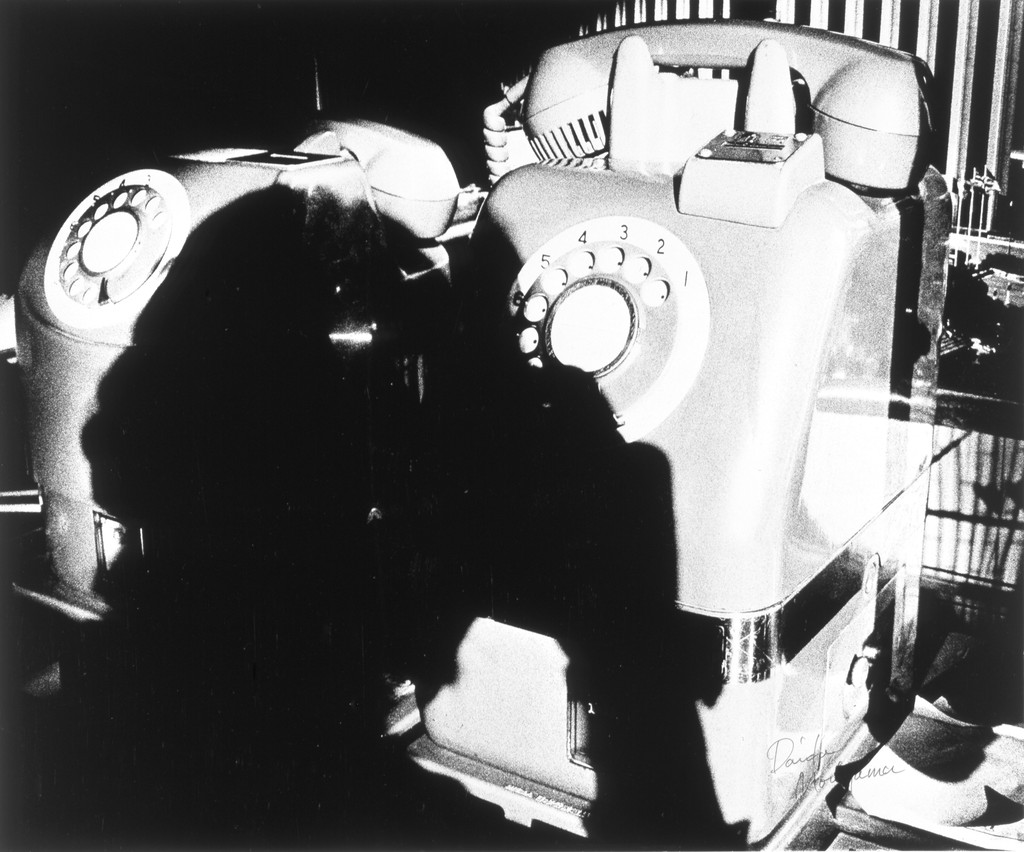
Low contrast : Little difference between lights and darks. Mostly mid tones
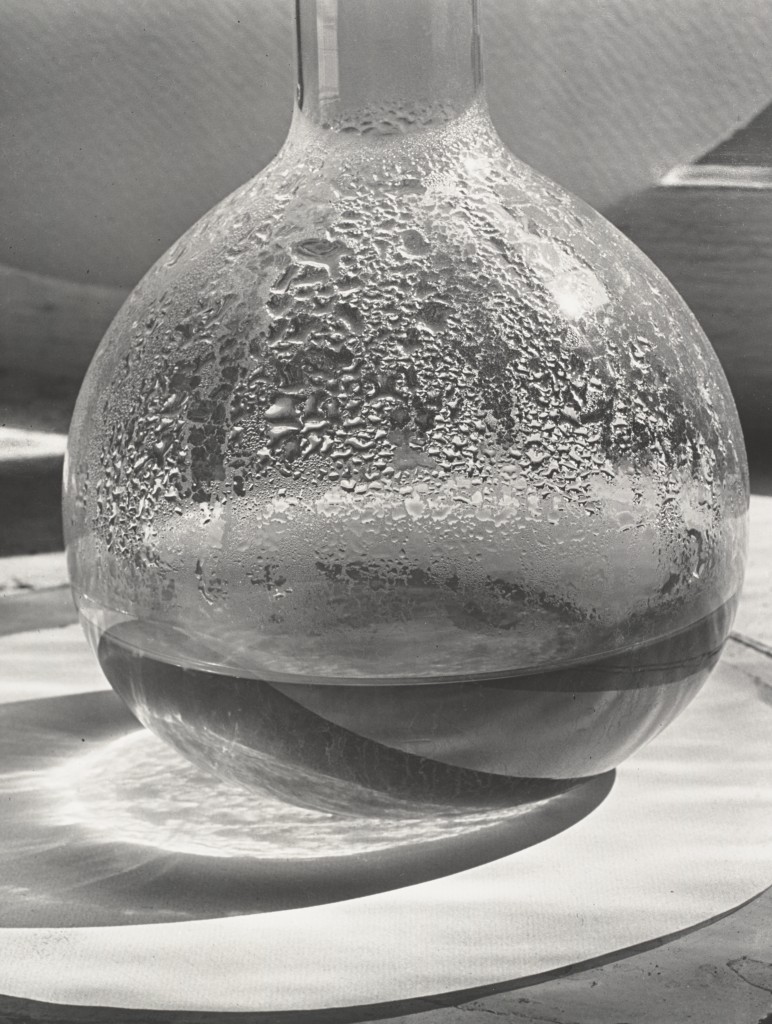
Shadows – dark areas in photo that can range from black with no detail to dark tone with detail
Uses of light and shadow: Light and shadow are complementary elements in photography. The quality and direction of light affect how a subject looks while producing shadows in various forms
- Contrast and Drama : Shadows can be used to create contrast to produce a dramatic effect. Attention of the viewer is drawn to tonal contrast which can not happen without shadows. In this interplay of light and shadow, the lighting effect is enhanced by the shadows.


- Shadows can be used to direct the viewer’s attention. Shadows can be be shapes that may be used as compositional elements to direct attention to the center of interest in a photo. Also shadows can surround a light area to make it a center of interest


Steve McCurry
- Reveal form: Using shadows will give form to subjects and make them look more three dimensional. The shadows don’t necessarily need to be black for this to happen. As long as one part of subject is light and one part is darker the photo will look more three dimensional. For dramatic effect, direct light will produce dark shadows. But for some subjects, dark hard shadows can be distracting or cause loss of detail. For subjects where detail is important, using partially diffused light will make soft shadows that will show form and maintain detail.


- Reveal texture: Side light with shadow will show texture
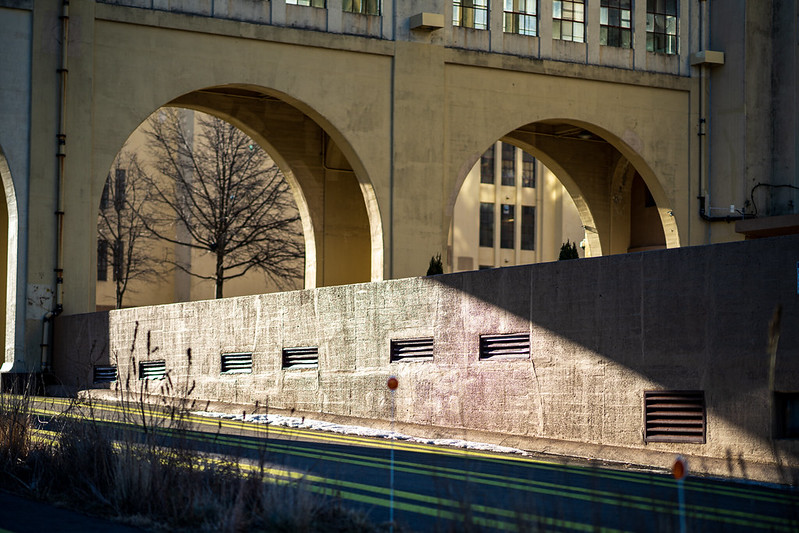
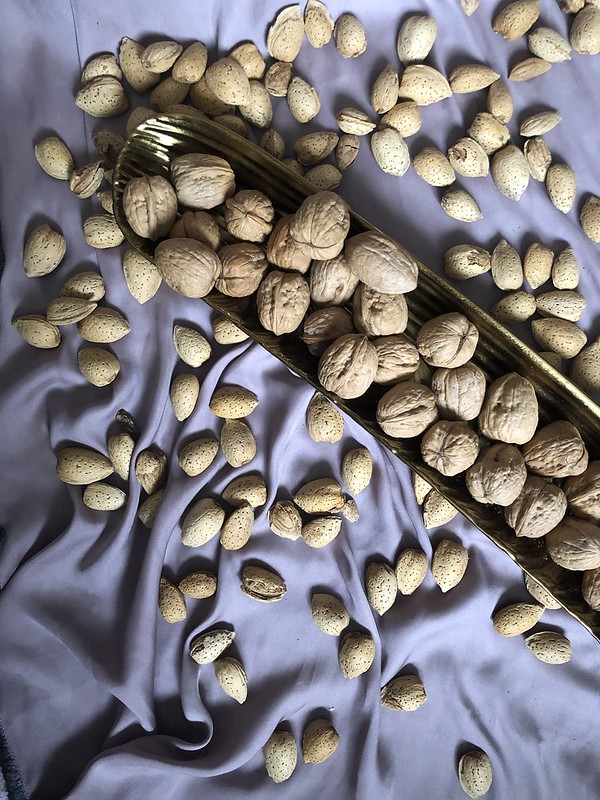
- Shadows can be shapes and patterns that can be used to complete a composition.
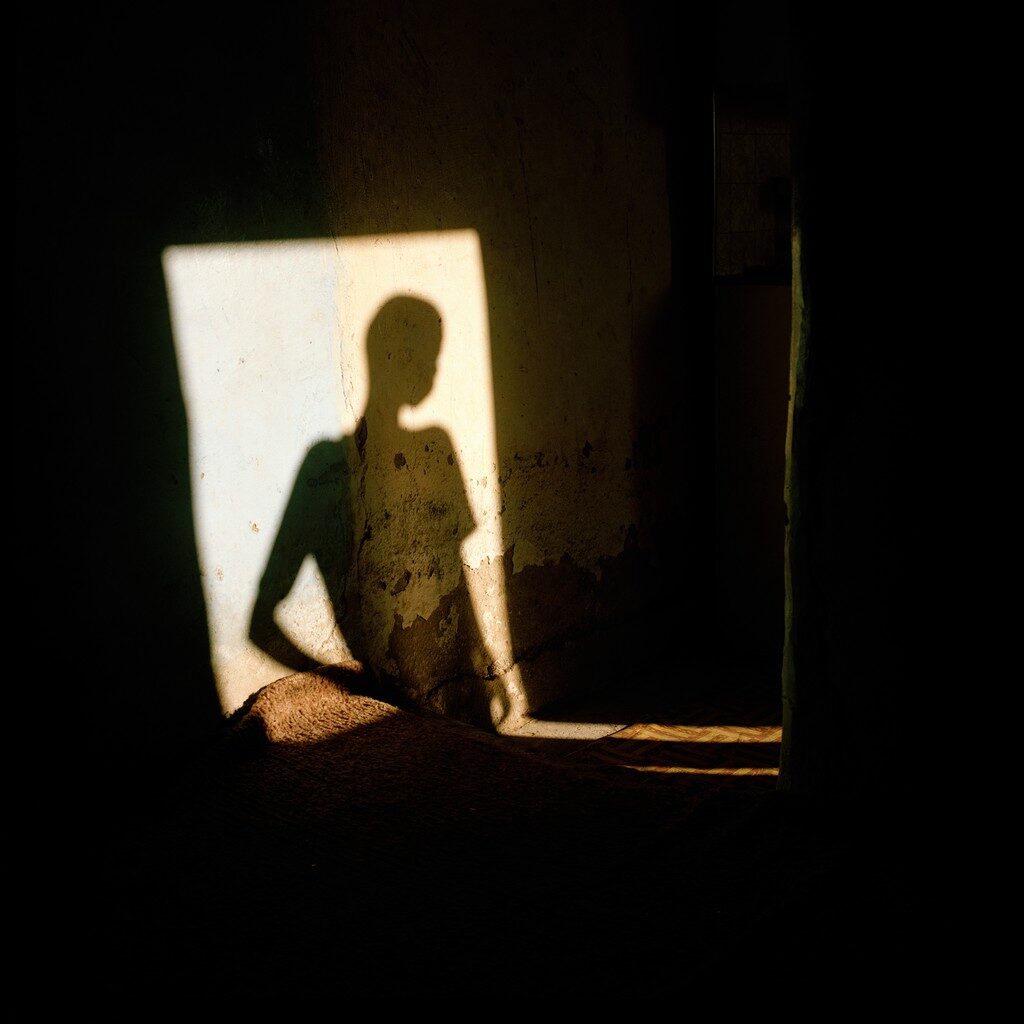
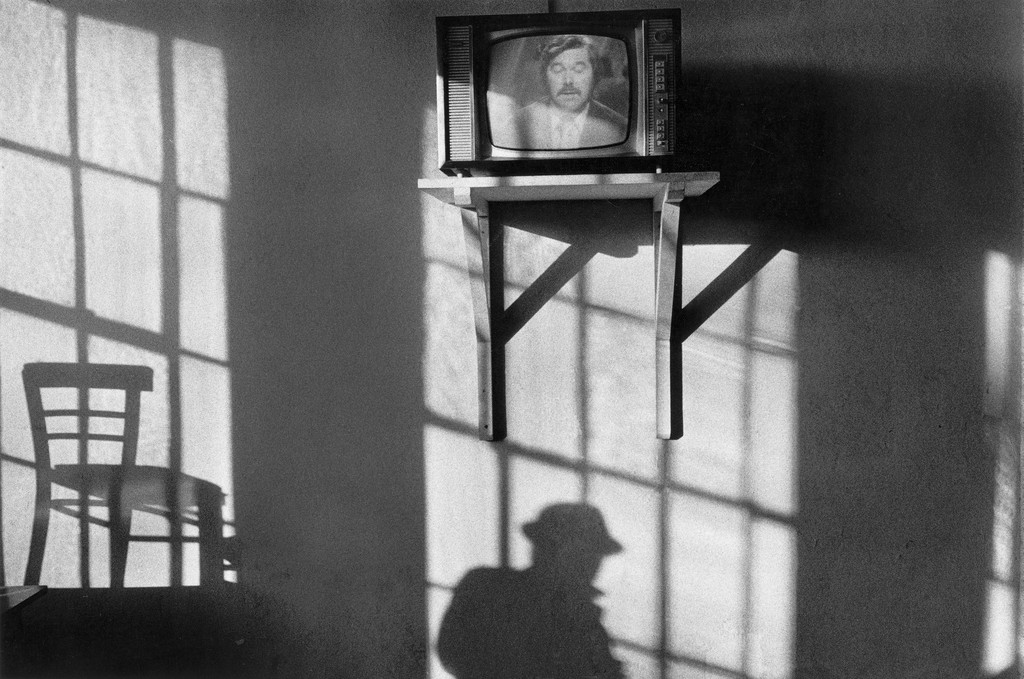
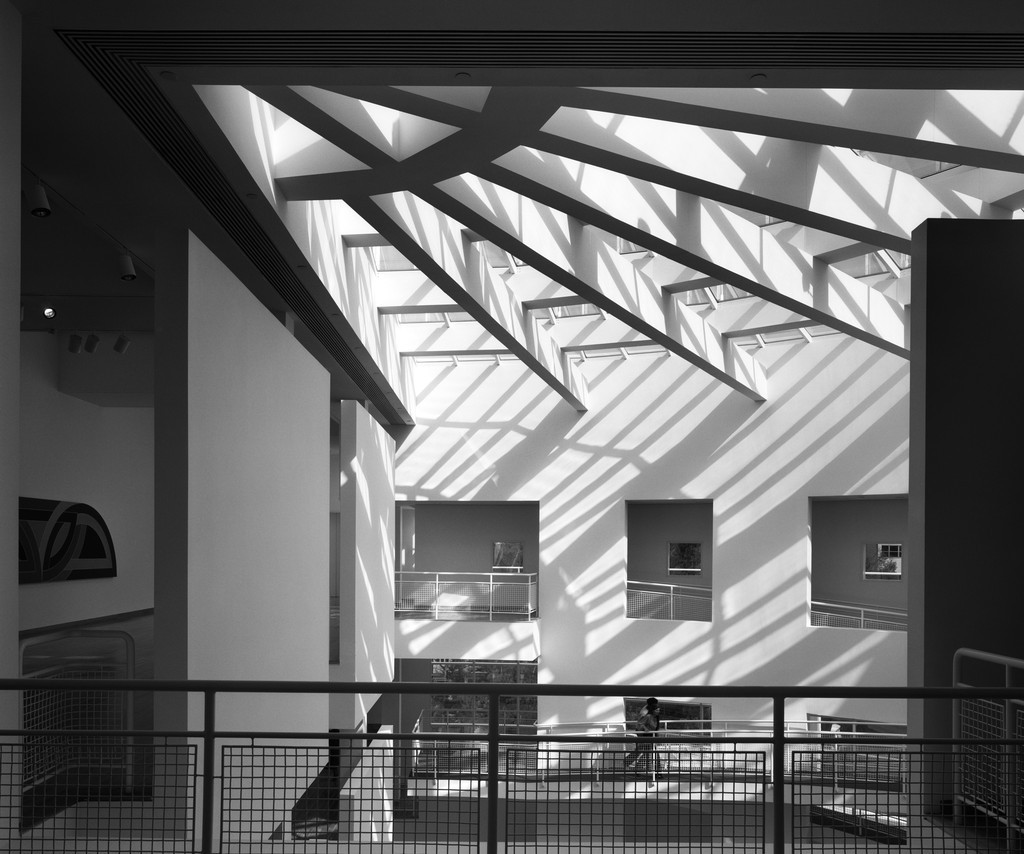
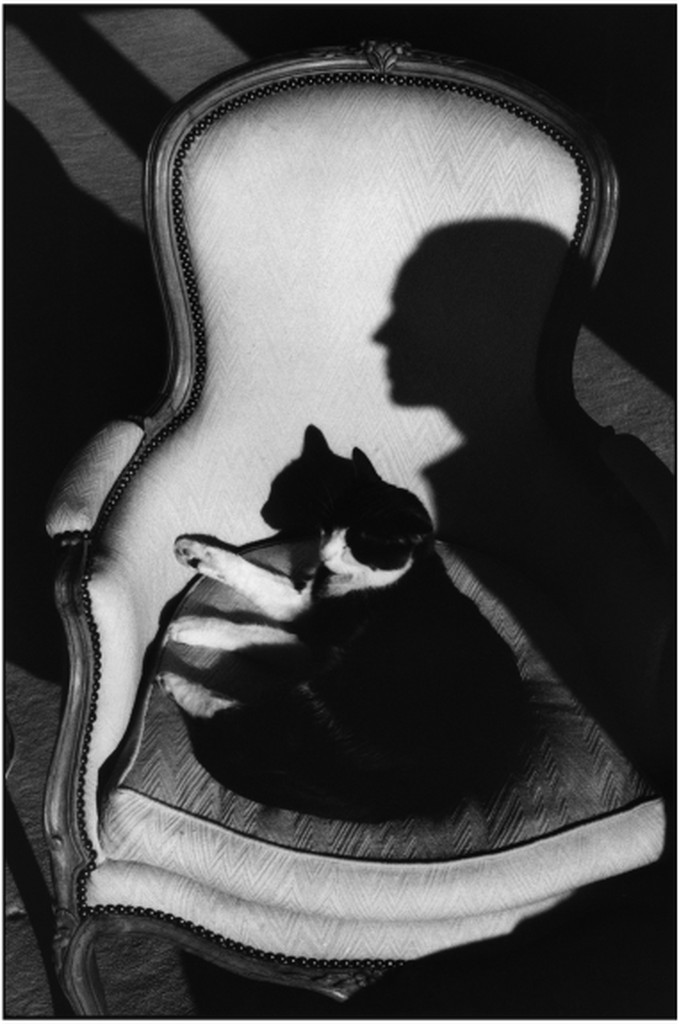
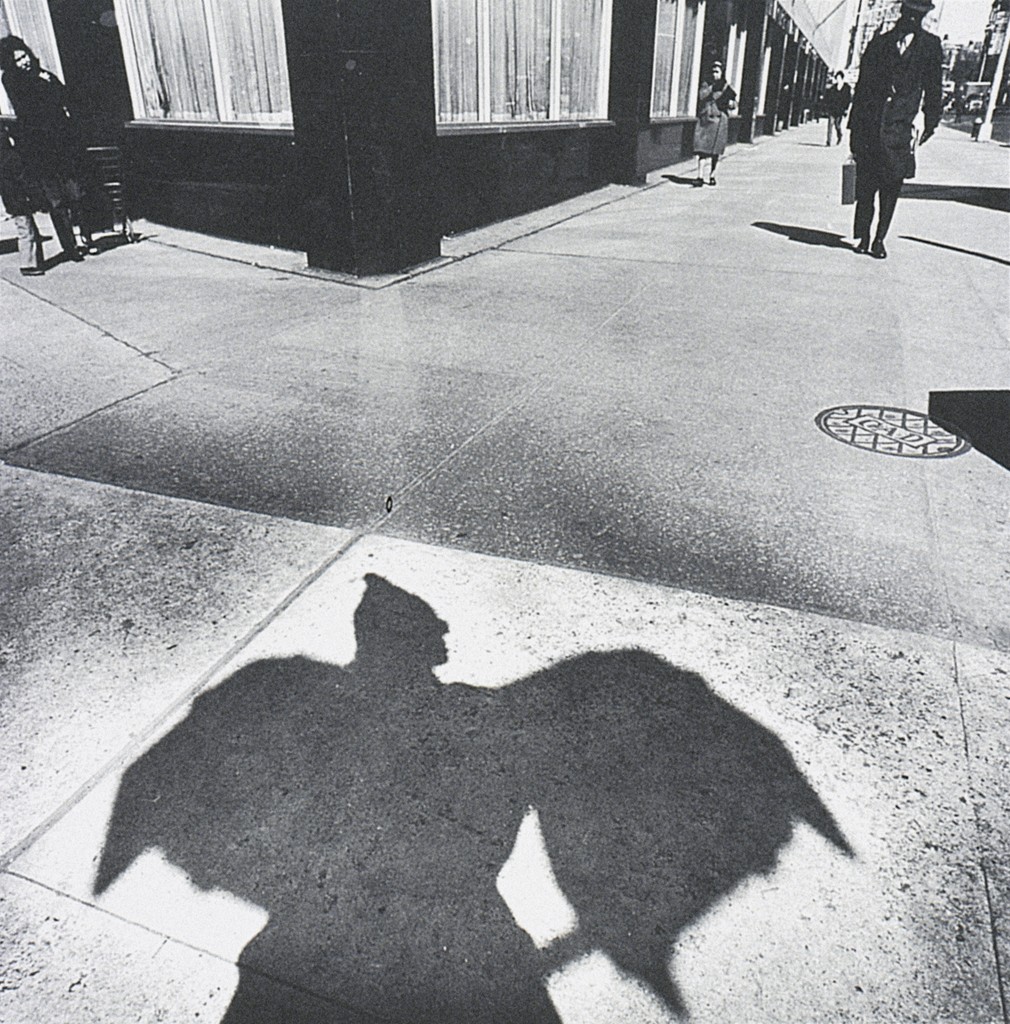
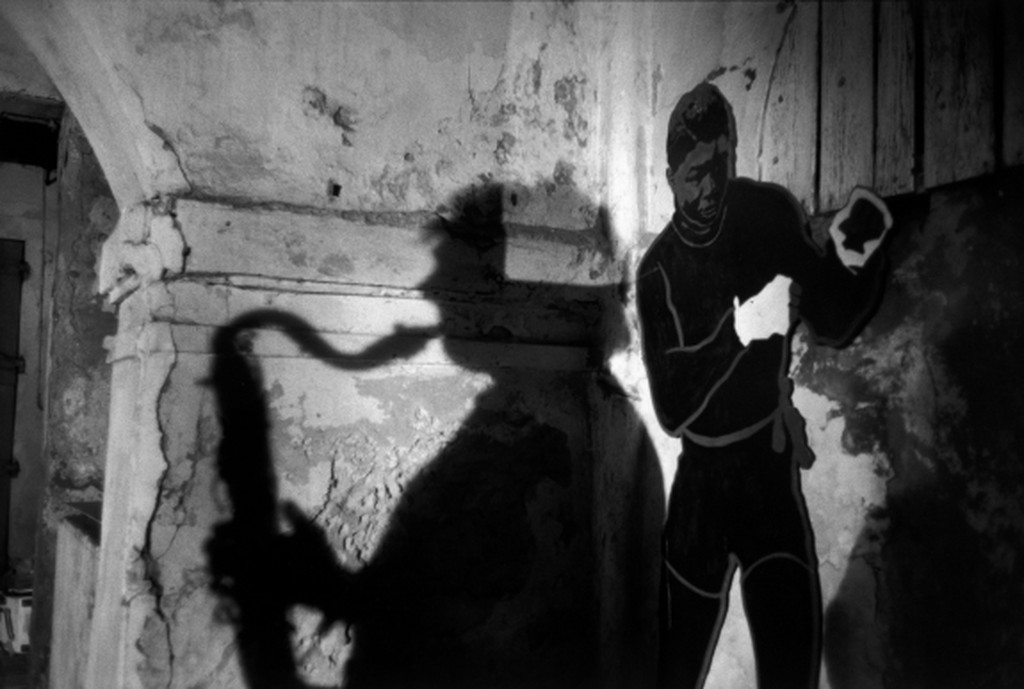
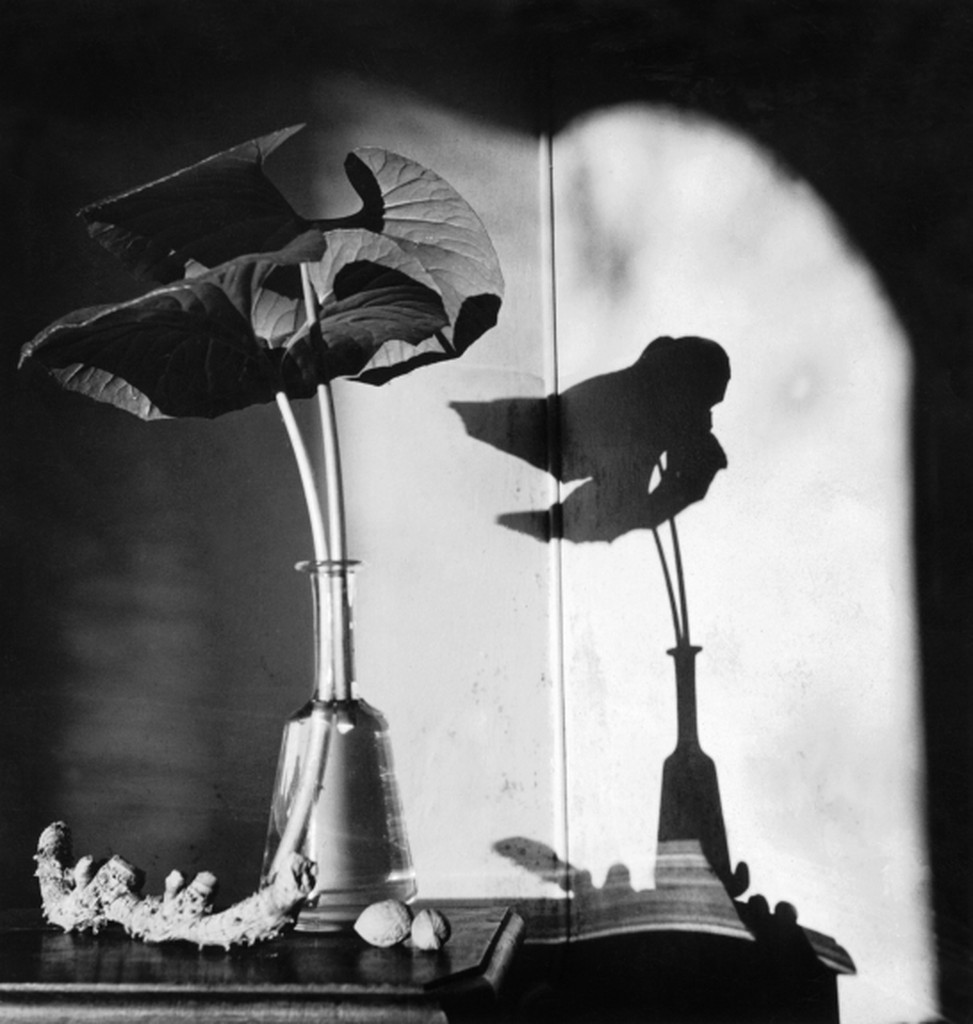
How light falls on your subject is key to using shadows in photography. The best direction for a combination of light and shadow will be light coming from the side. For dramatic effect photograph when the light( direct light ) is at a lower angle which will produce longer dramatic shadows. For less dramatic effect, use slightly diffused light or totally diffused light.
Exposing for photos that contain light and dark areas you will need to use exposure compensation. If there is large dark areas in the photo, the meter will over expose the light areas. In this case you need to use exposure compensation to lower the level of the lighter areas.
Lab Exercises
Due next class:
This is the same as discussion 4 except you choose photos that are different than any of previously chosen photos. Check student posts to see what others chose and and find different photos.
Go to to our flickr group. Look at the photos of other students from HW3 and HW4. Pick 2 that you like. Make your own photos that utilizes some of the compositional elements of the other student’s photos. The subject matter of your photo should be different than the other student.
Choose photos from Homework3 and 4. Also choose photos that were not chosen for Discussion 4 by any other student
Make a post using image gallery, label other student’s work and the compositional element and your photo.
Post should contain a photo from 2 students with your 2 response photos
Post -student post/discussion 5
Working with direct light, shoot 1 arrangmentf multiple objects to make photos of shadows in which the shadow is a main component but not the only subject. There should be different light levels in each photo. Pick objects with interesting shapes and textures. No electronics, water bottles
For each of the above shoot one shot with the light coming from the side, one from the front and one behind subject. Note side and backlight will have the most shadow. If cant move the light, change your position or subject in relation to the light
- If you are shooting with a camera, use the monochrome setting. If you are shooting with the Lightroom Photoshop App, us the high contrast B&W setting.
- Use Exposure Compensation if necessary to make the shadows to be dark without making the whole image is too dark
- Make each composition dynamic by using at least one of the compositional principles discussed this semester.
Upload the images to flickr. CW5
Pick 1 best post to open lab. Discuss which compositional principle you used.
Also why you chose these two. Post to student post/ lab5 shadows




Recent Comments